- Opinion: Alexander Morris, member of the Motown group The Four Tops, files lawsuit against Hospital ER for use of “straightjacket”
- Dave Matthews Band has a grand slam at the Extra Innings Festival in Tempe, Arizona
- Sheryl Crow brings the heat to the Extra Innings festival in Tempe, Arizona
- Backstory: Kenny Loggins’ “Heart to Heart”
- Chris Isaak’s Almost Christmas Tour: A Rockin’ Holiday Treat
- P!nk’s Trustfall Tour: A High-Flying Spectacle of Rock and Soul
Jon Lord and His Hammond Revolution
When I was twelve years old, I discovered my uncle’s record collection in my grandparent’s house during a sleepover one night. But I never actually played the records; I just stared at them. There were bands such as Alice Cooper, Bob Marley, Uriah Heap, Jethro Tull, Grand Funk Railroad, and, of course, Deep Purple. The one I remember seeing first in that pile of sleeves was Deep Purple in Rock, with the band members superimposed on Mount Rushmore in a blue hue. It was this sort of bombastic grandeur that characterized Deep Purple and gave them their larger-than-life aura right from the start. And the main thing that set them apart from Zeppelin, The Stones, The Beatles, and others was the prominence of the Hammond organ. None of the aforementioned bands used the Hammond to such a profound and potent effect. And it helped to have such an innovative and adventurous player at the helm of this imposing instrument.
Jon Lord was with Deep Purple from its inception in 1968 right through its heyday and into its most successful reunion in 1984. In other words, he was with the band for its most influential albums and tours. Sharing the lead duties with guitarist Ritchie Blackmore, Lord transformed the Hammond organ into an overdriven powerhouse of screaming solos and thunderous rhythms that had not up until then been heard in rock music. Before the release of Deep Purple’s debut album, distorted tones had been reserved for guitarists only. Bass players were starting to overdrive their tones a bit, but by and large it was a guitarist’s game. The Hammond remained a relatively tame instrument through most of the Sixties, a la Dylan’s Highway 61 album and Procol Harum’s single “Whiter Shade of Pale.” Of course the Hammond always had a bit of push to it, and you can hear this in Booker-T’s style as well as on other contemporary hits of the period. But when Lord’s ominous keyboards came blasting out of the song “Hush” from Deep Purple’s debut album, listeners knew they were hearing something completely new.
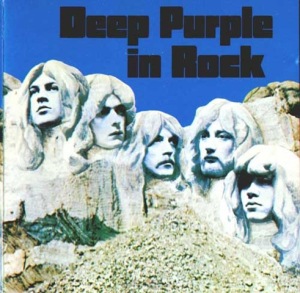 Jon Lord came out of the gate fully formed on that first record, and by the time Deep Purple in Rock was released a few years later he owned the world of rock organ playing. Sure, there were others – especially in the progressive rock vein. But Deep Purple was a hook-driven band whose members ventured outside the lines for creativity (and just pure kicks) but always reeled it back in for the chorus. This put Lord in an influential and high-profile position as pivotal player in the grand scheme of rock instrumentalists. And he delivered in spades.
Jon Lord came out of the gate fully formed on that first record, and by the time Deep Purple in Rock was released a few years later he owned the world of rock organ playing. Sure, there were others – especially in the progressive rock vein. But Deep Purple was a hook-driven band whose members ventured outside the lines for creativity (and just pure kicks) but always reeled it back in for the chorus. This put Lord in an influential and high-profile position as pivotal player in the grand scheme of rock instrumentalists. And he delivered in spades.
The first time that rock music instilled real fear in me was when I first put the song “Child in Time” on the record player. I was probably about 13 years old and putting together a model airplane or doing something pertinent to my age. I had borrowed the album from my uncle and was excited about listening to it. That eerie minor chord dirge was bone-chilling to a kid who had up until this time been digesting AM radio in the form of Blondie and the Bee Gees. Better yet it’s coupled with a lyric that addresses the horrors of war, and it crescendos into a frenzy of staccato rhythms that rival that of many classical music climaxes. Of course this was no accident, due to Lord’s mastery of both genres. In fact, his blending of the two distinct genres of music is at the core of his innovation as a player and composer. In “Child in Time” he starts off with a standard yet unique drawbar combination that scoops the mids out of his tone and adds a percussive effect to the attack. By the time the song escalates, his tone has transformed into a soaring plain of distorted harmonic delight that transcends normal organ execution and becomes an undefinable soundscape.
[youtube id=”OorZcOzNcgE” width=”620″ height=”360″]
This would come to embody his style as Deep Purple evolved into a world-renowned phenomenon throughout the early and mid-‘70s. By the time Machine Head was released in 1972 Lord was in full stride. With scorching numbers like “Highway Star” and “Space Trucking,” Lord solidified the Hammond as a rival instrument to the lead guitar. Often it’s hard to distinguish between the two instruments on Machine Head, due to the shared use of Marshall guitar amps that both Blackmore and Lord favoured to craft their unique and powerful tones. On “Smoke on the Water” Lord ghosts Blackmore’s riff, which gives it a remarkable heaviness and punch. And on the outro he really digs in with his staccato style and rides along with the flanged drums to bring out the fade with an aggressive groove. There is not enough space here to go into particulars about Jon Lord’s crucial role in the making of Machine Head, but it can be said with dead certainty that Deep Purple would have languished in anonymity without the creative force of Jon Lord. And keyboard players all over the world have to take a bow of reverence to the man who injected the main artery of rock and roll with a jab of overdriven Hammond, evolving both the genre an the instrument all at the same time.
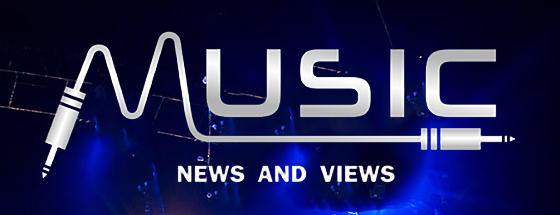

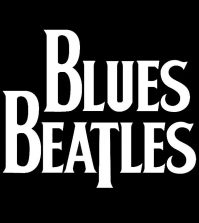
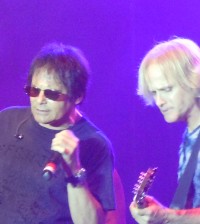

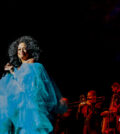


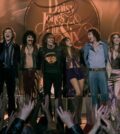
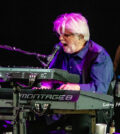


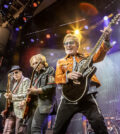



0 comments